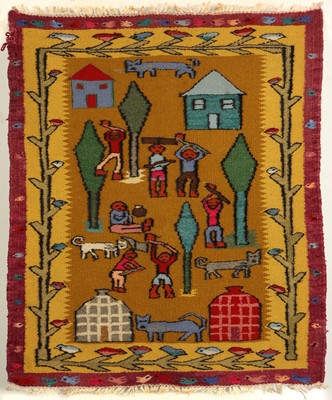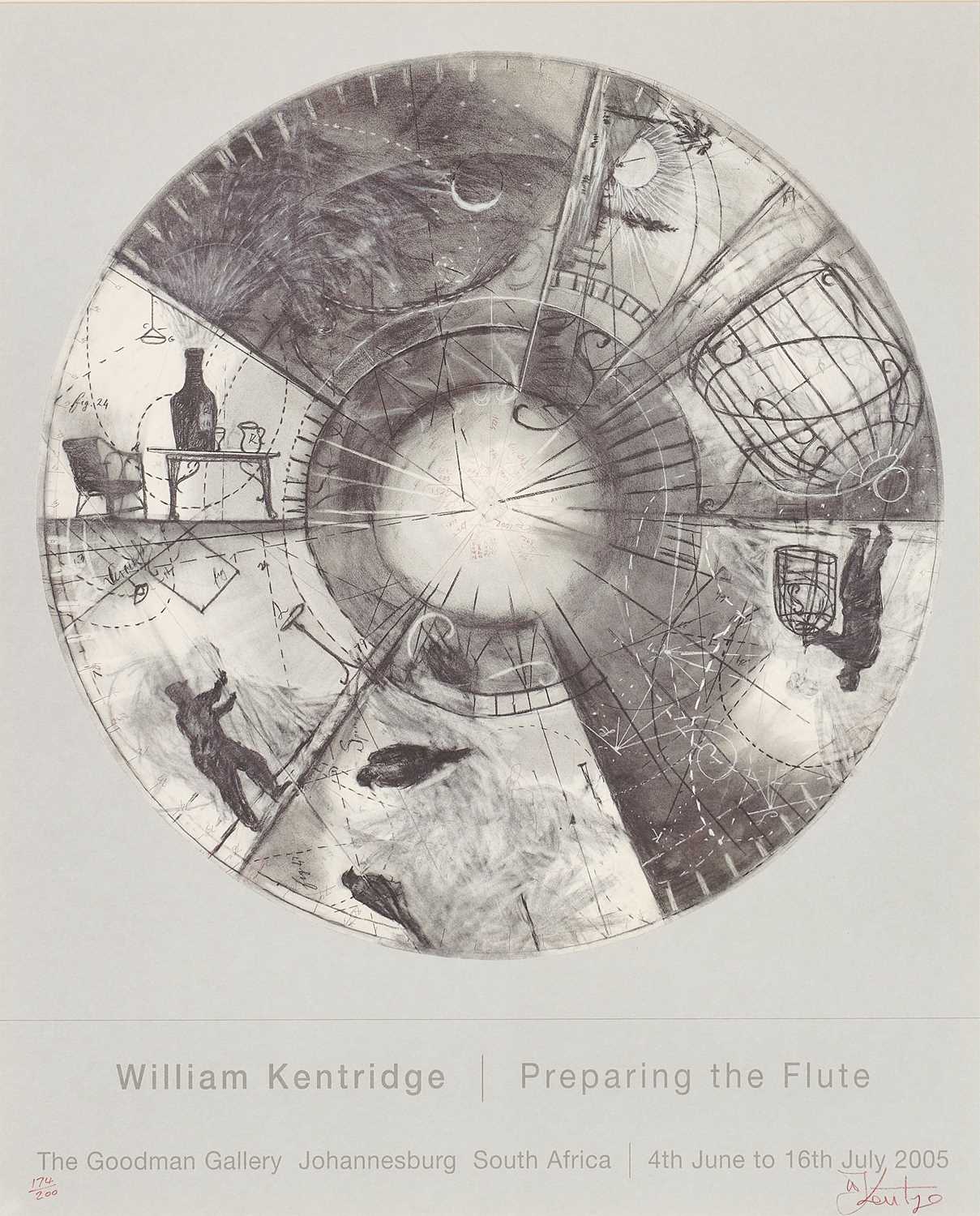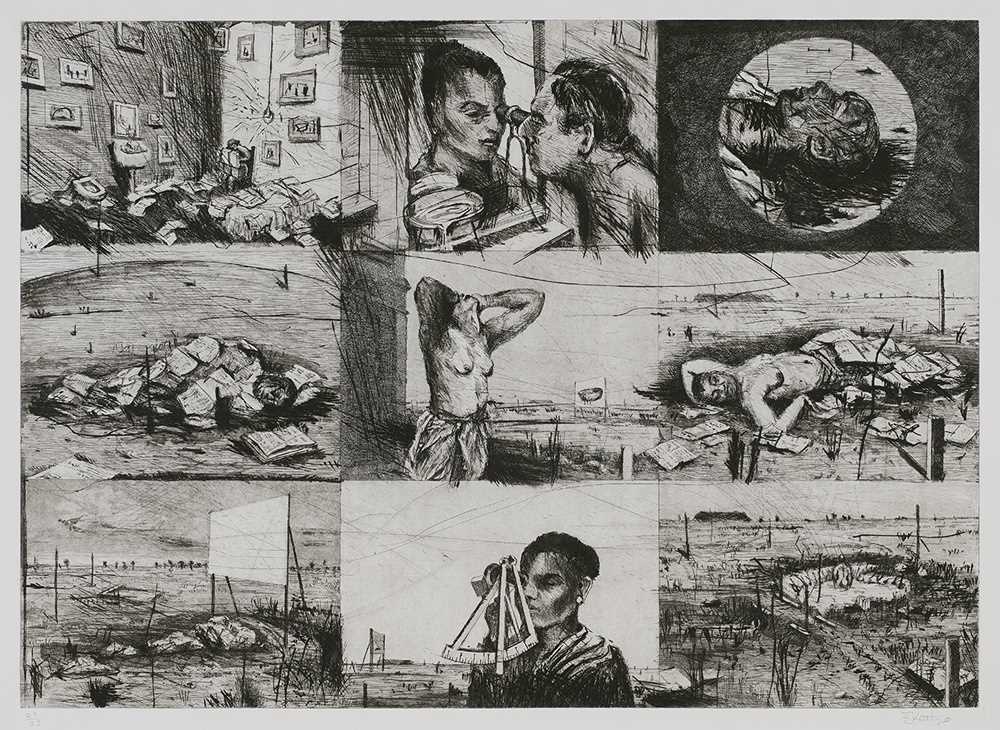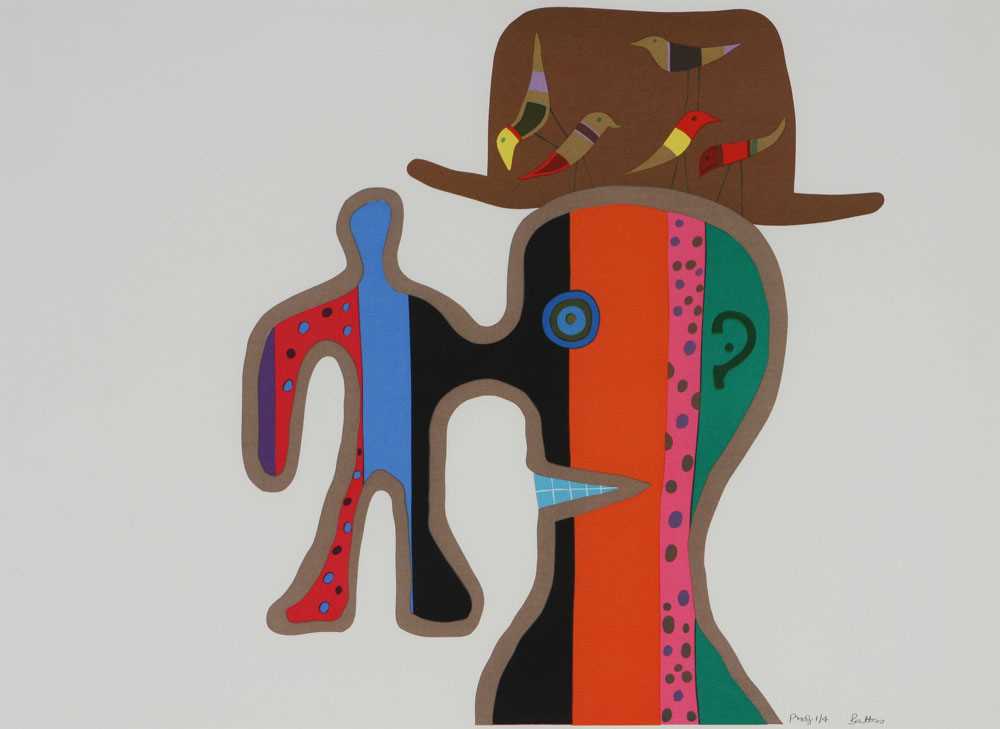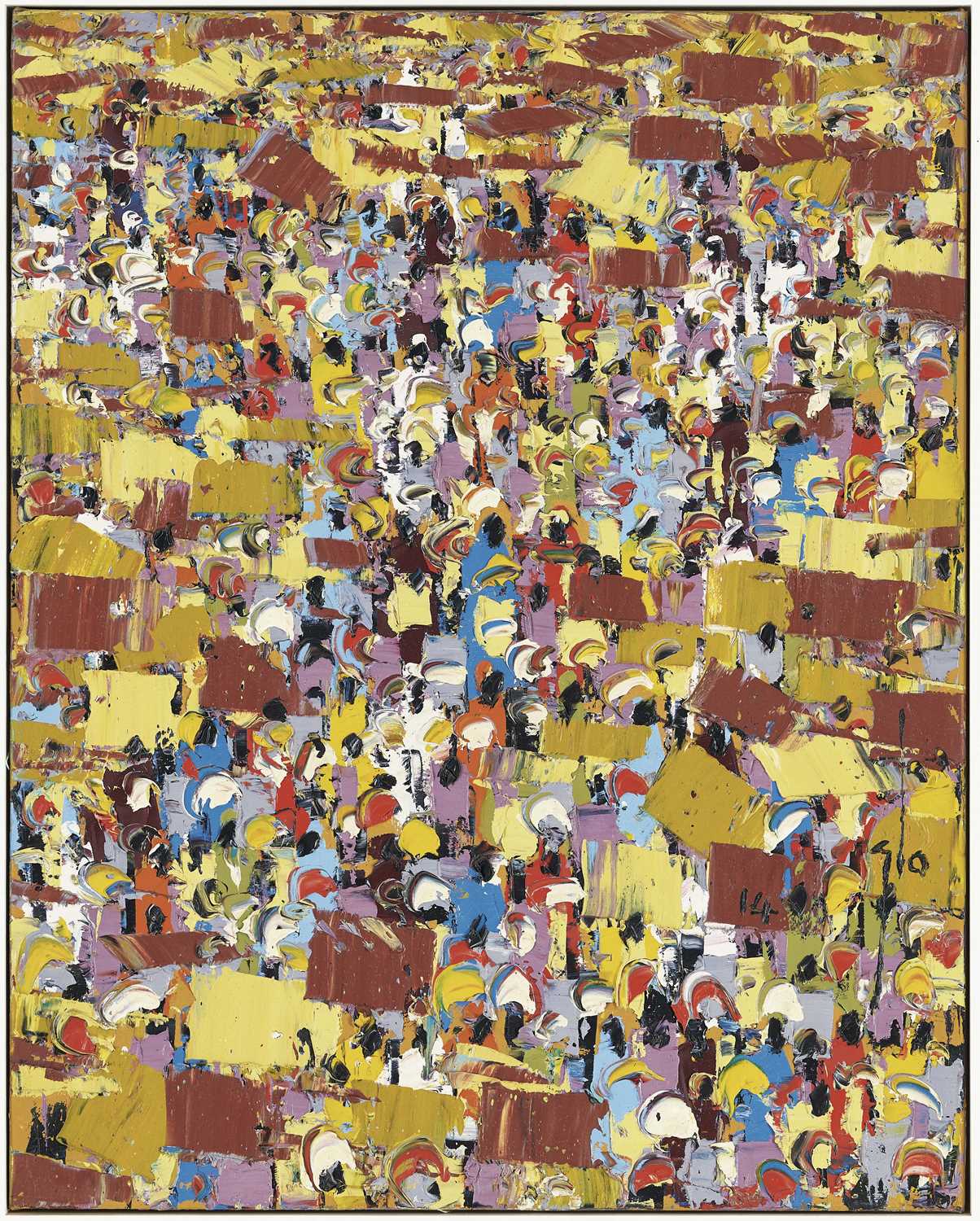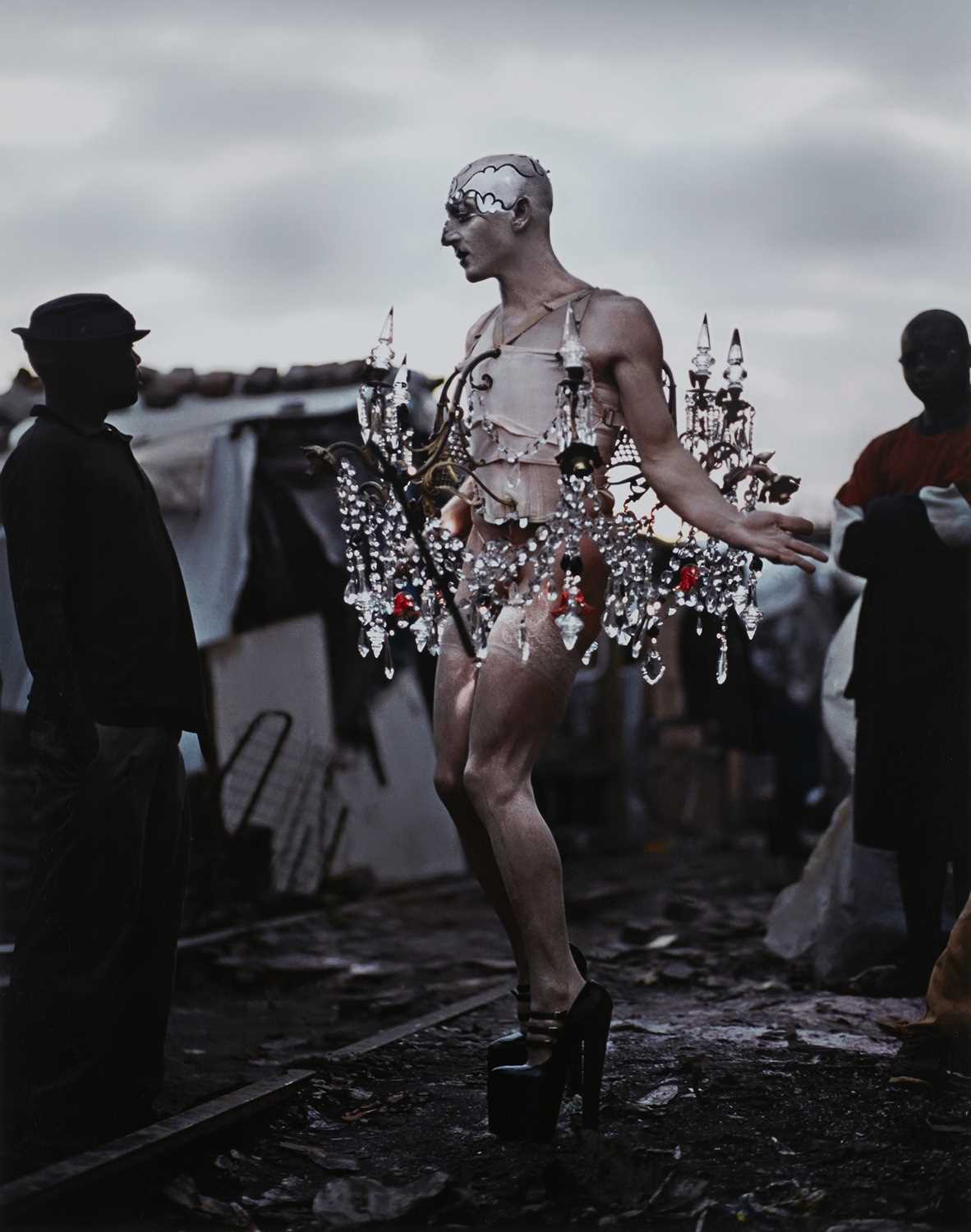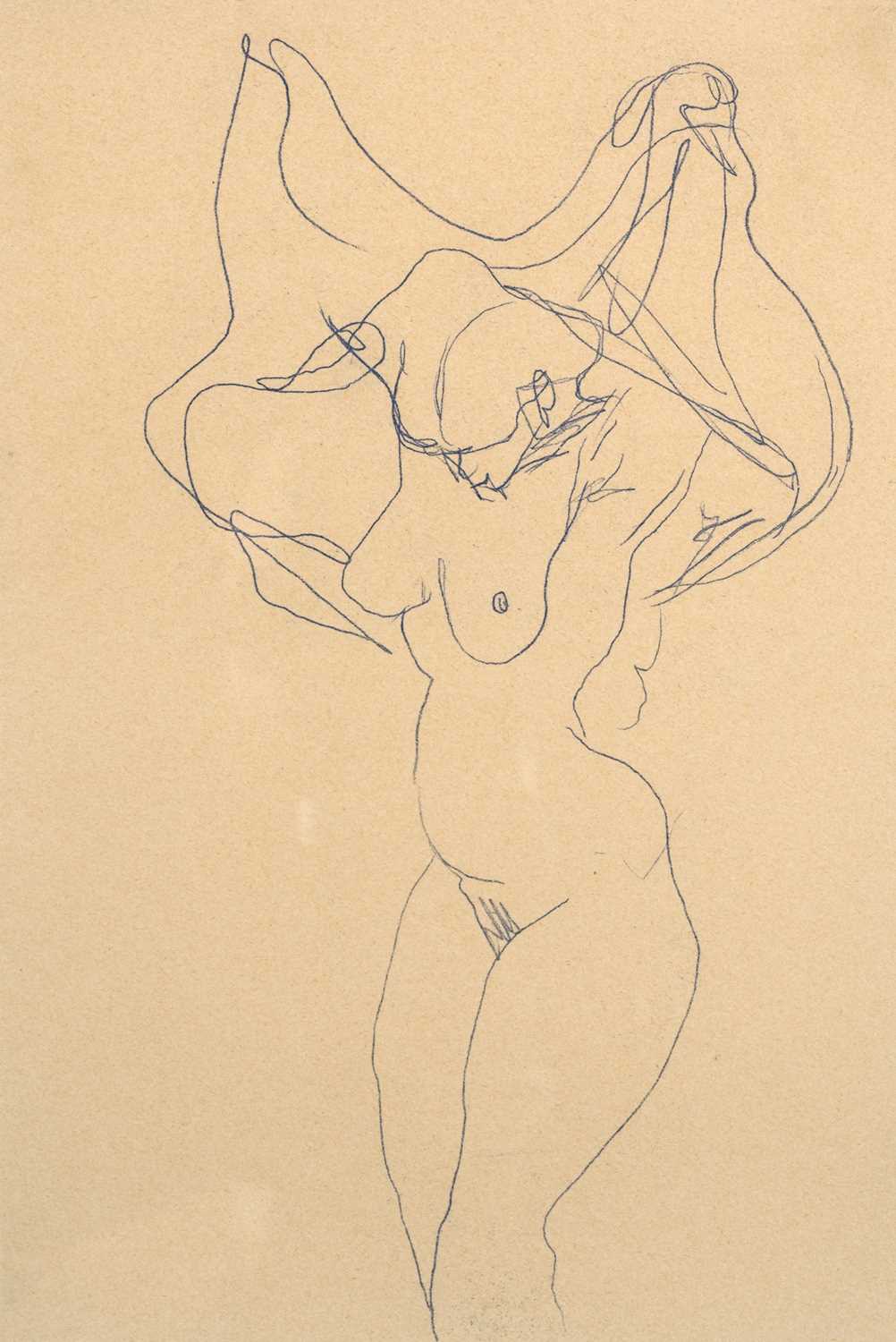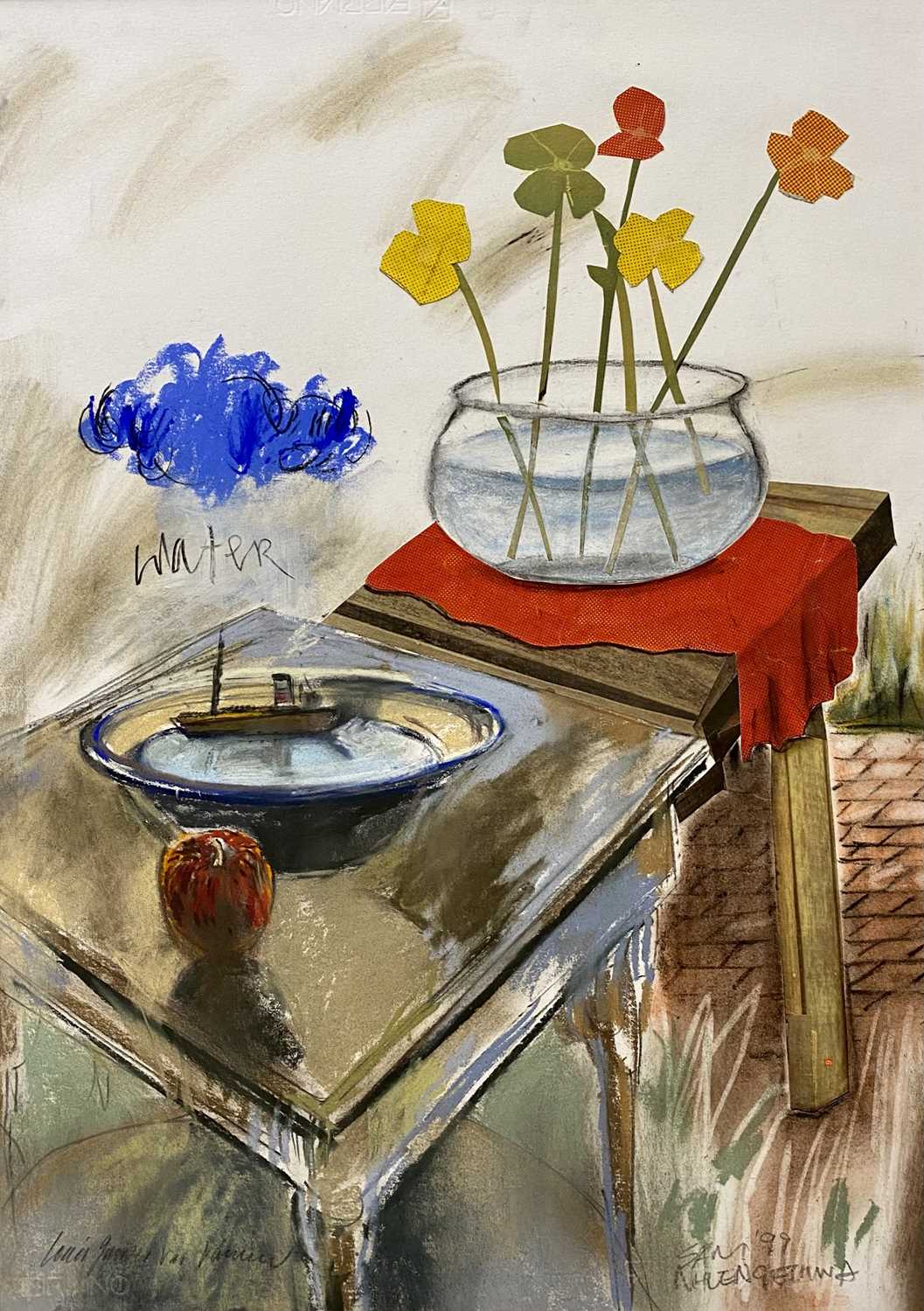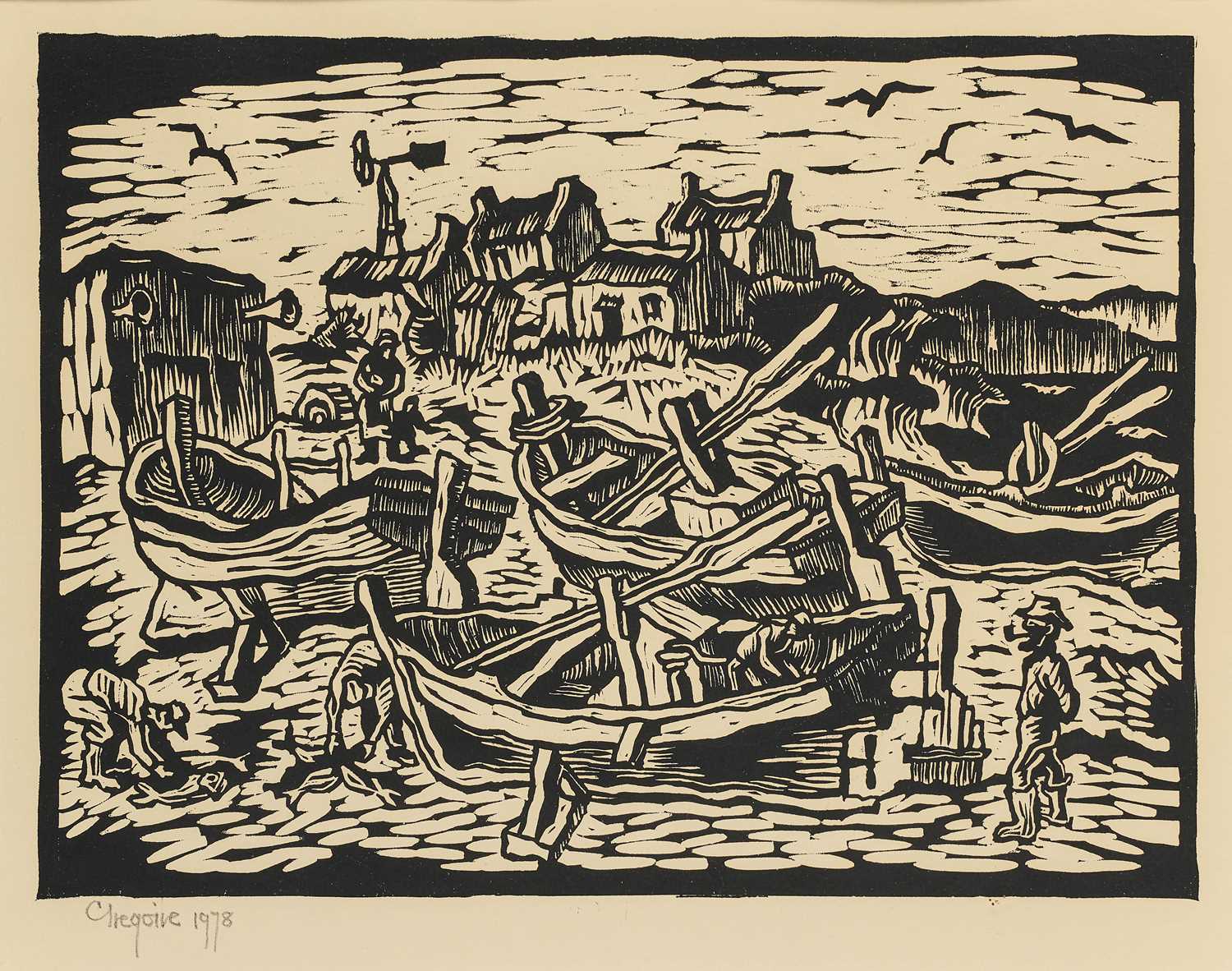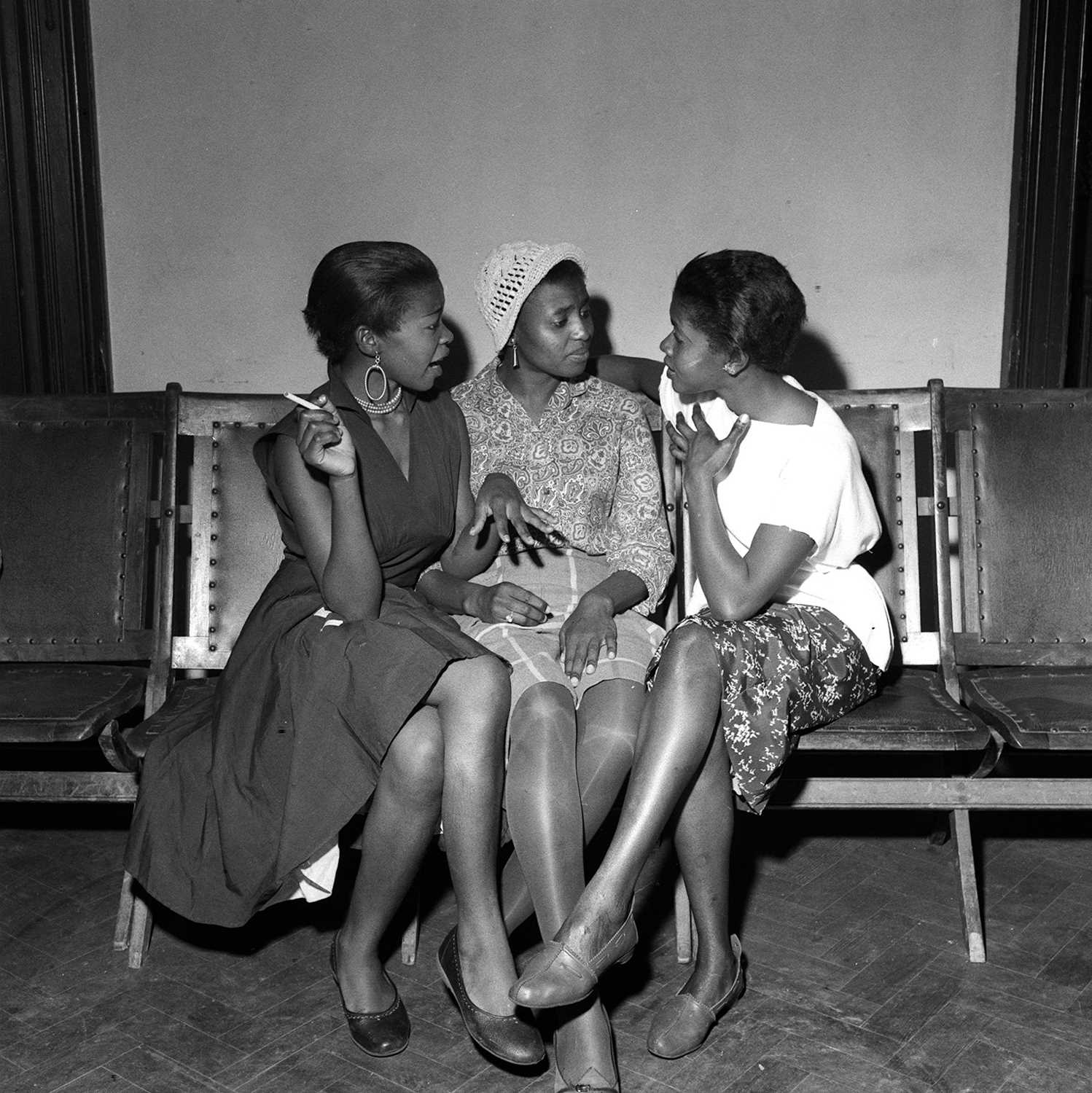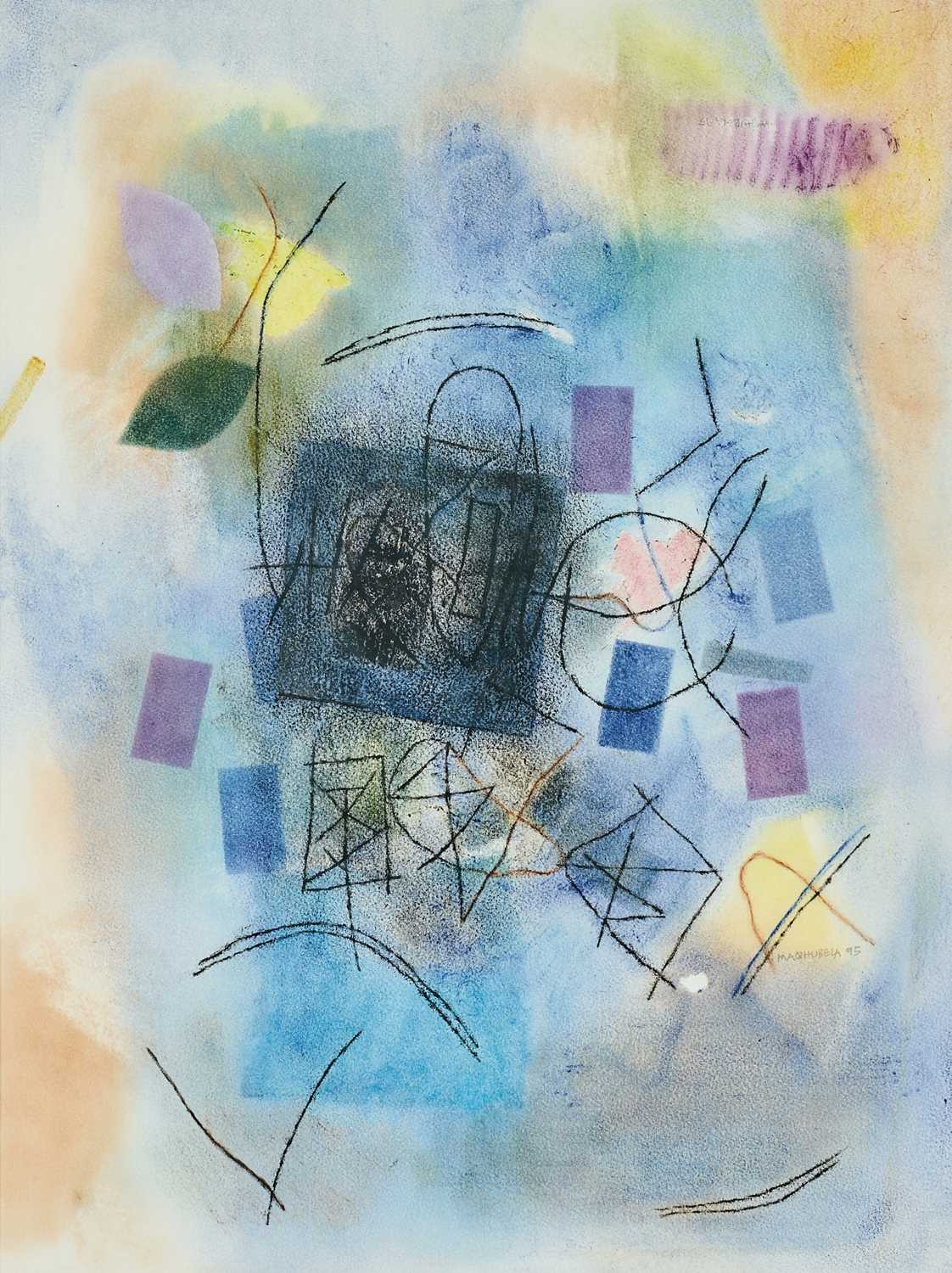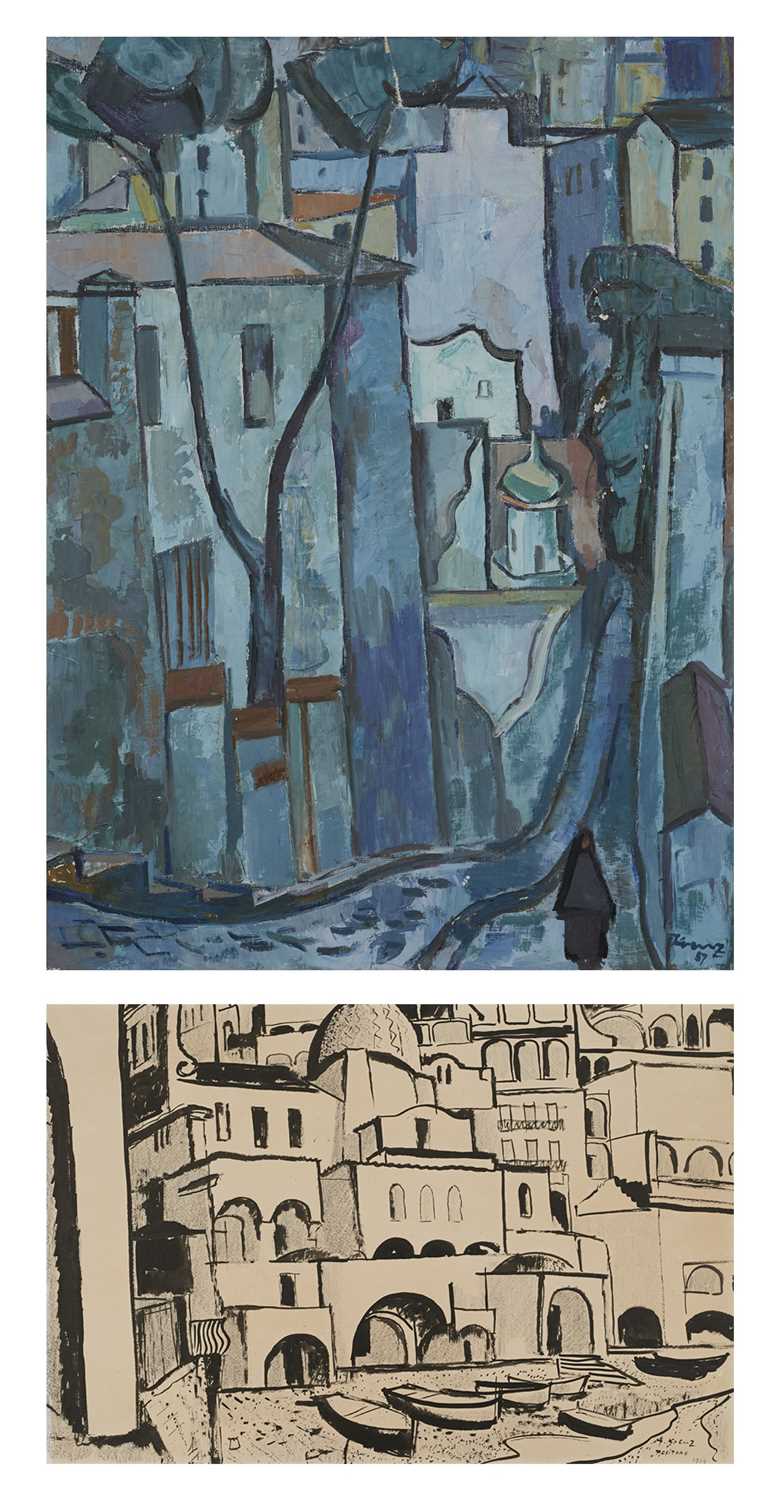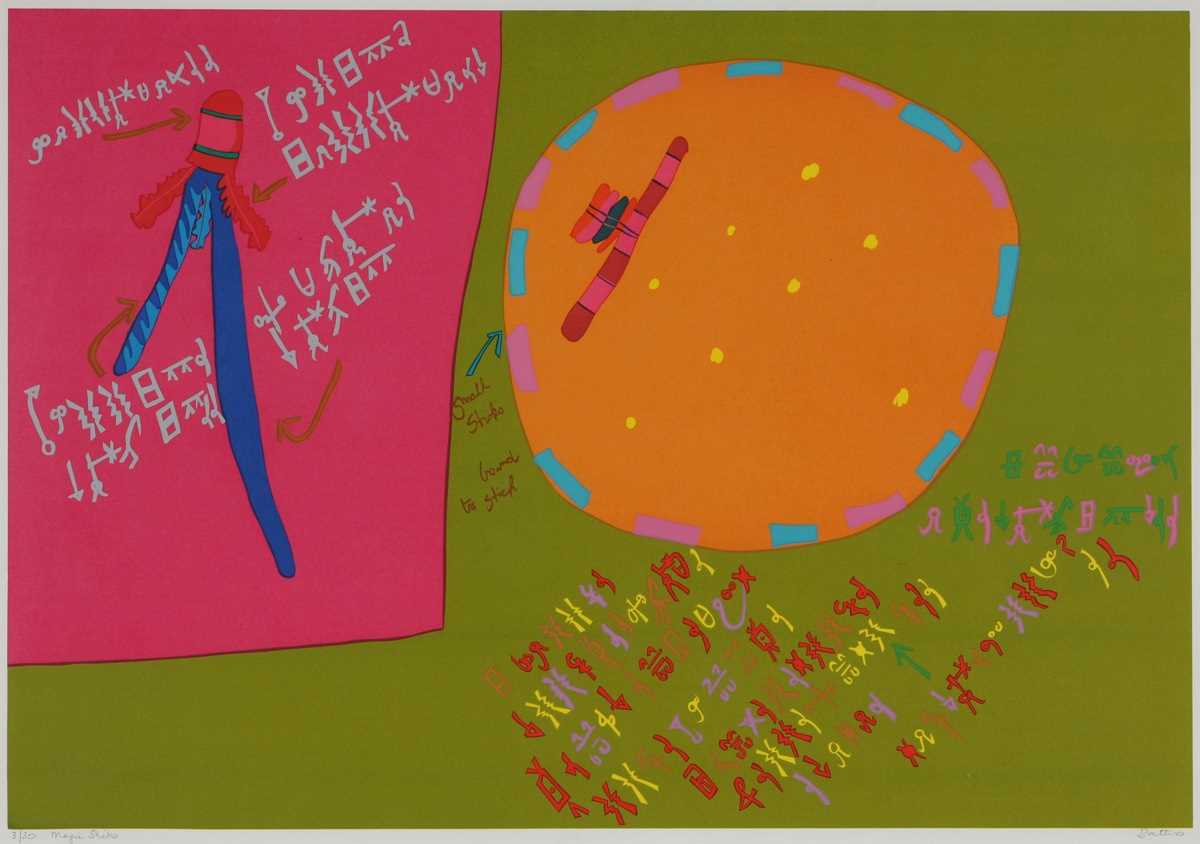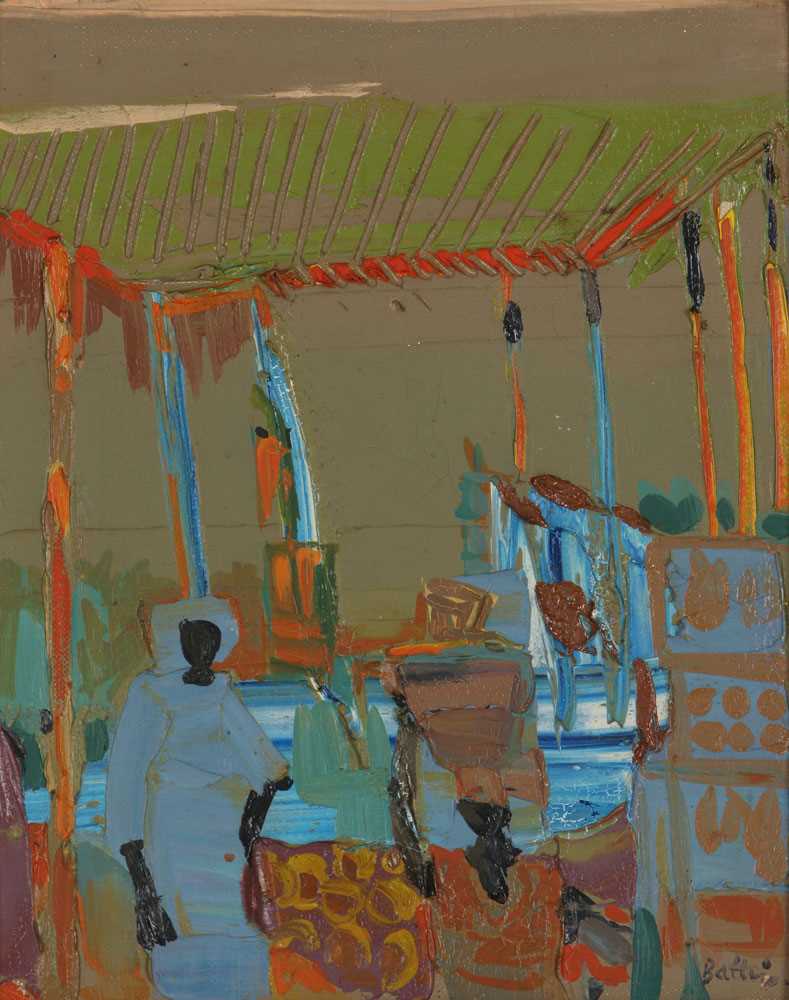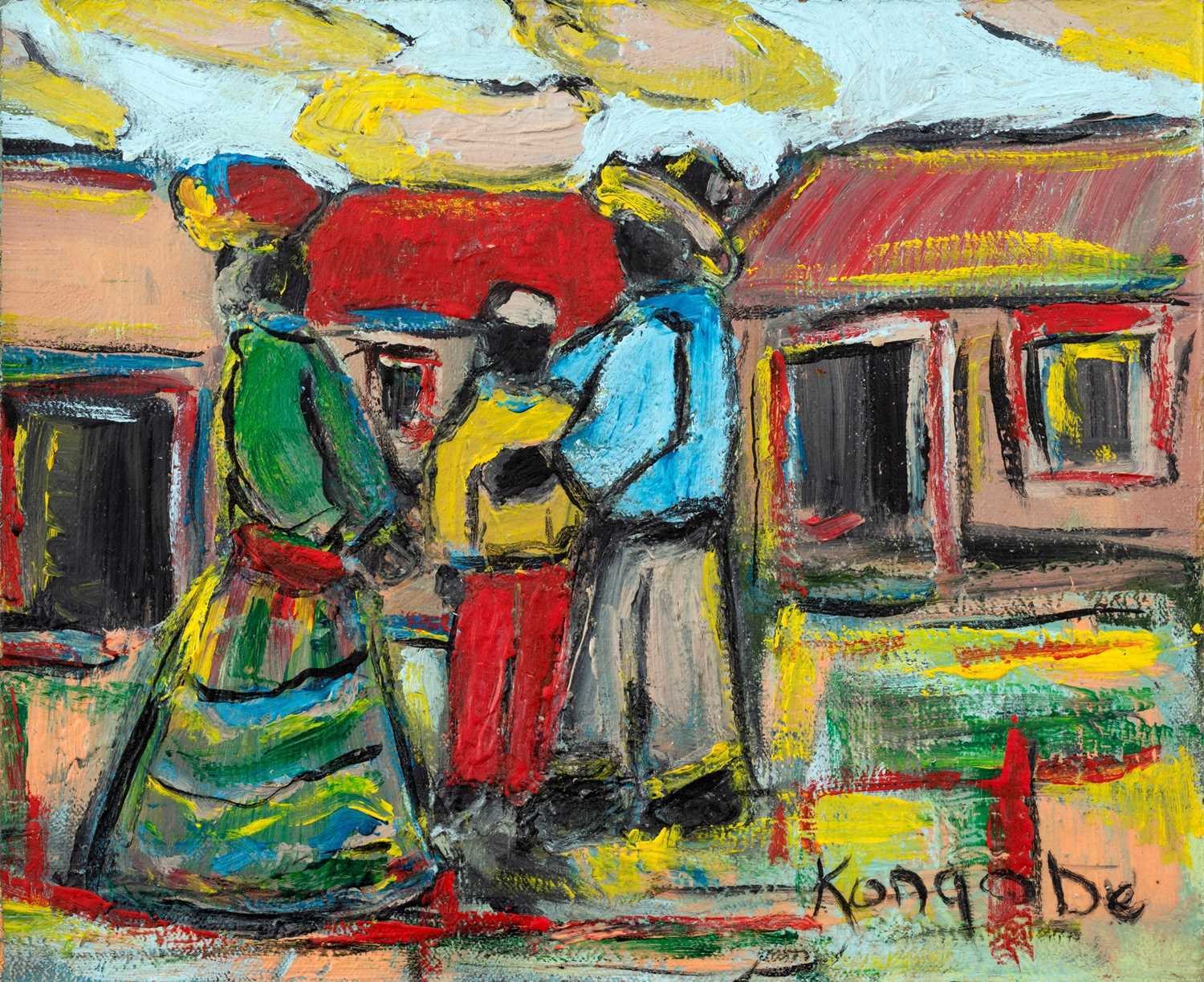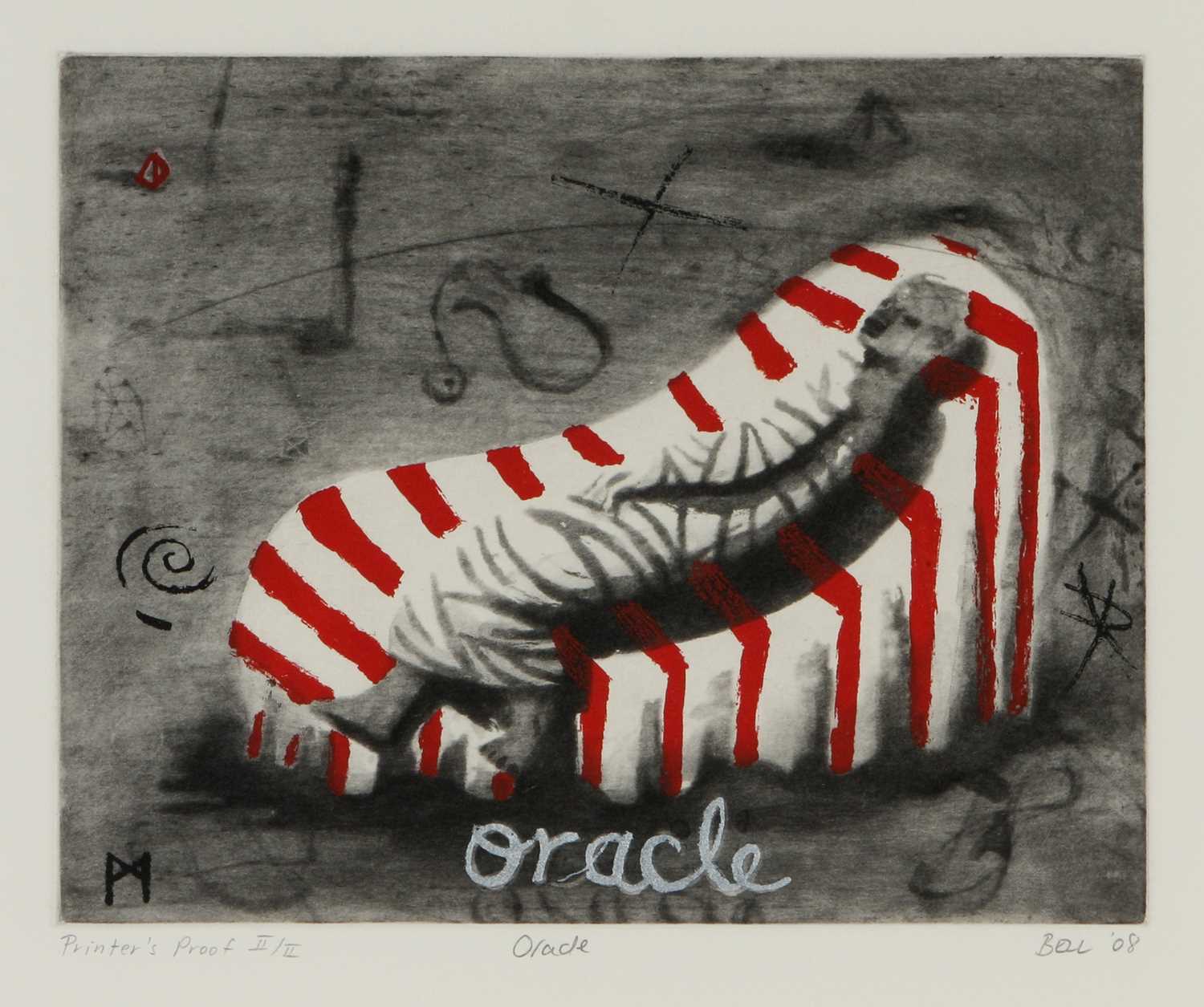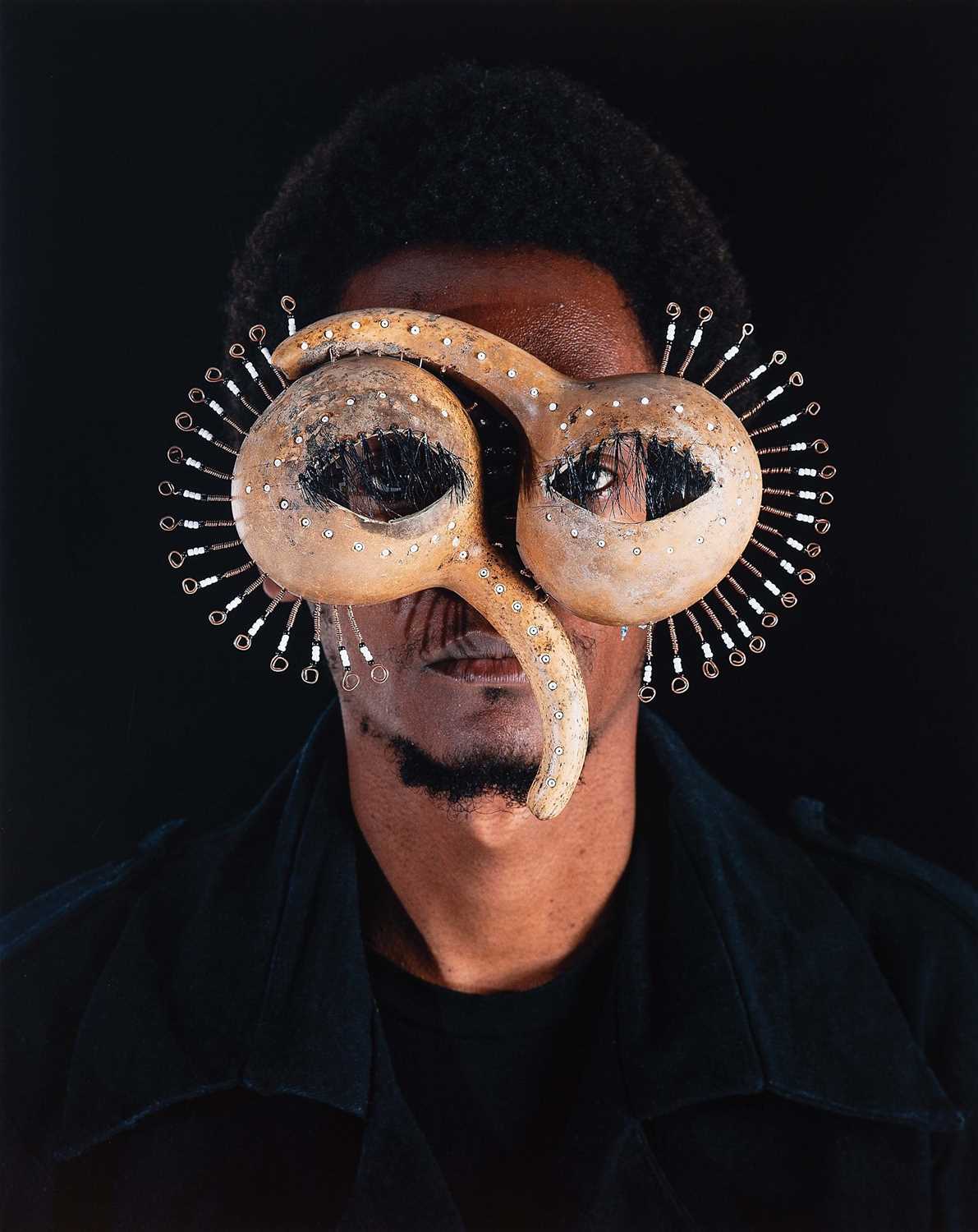21st Apr, 2021 16:00
Autumn Collection
138
Katlehong Art Centre (South Africa)
Village
wool tapestry
Location: Johannesburg
wool tapestry
Location: Johannesburg
(1)
120 x 103 cm
Provenance:
Private collection, Johannesburg.
Notes: In contrast to other community art centres that were operating in South Africa during the height of Apartheid, Katlehong Art Centre (KAC) developed as a project under the government’s East Rand Administration Board (ERAB) the same year that the leader of the Black Consciousness Movement, Steve Biko died in police custody. It was established in 1977 as a result of the Katlehong Art Society, a collection of individual artists such as Morningstar Motaung, Stanley Nkosi, Napo Mokoena and Lucas Sithole. The Society began in 1969 when Biko and his colleagues were expounding Black Consciousness as a riposte to the state sanctioned racial segregation and White supremacy. The artists, encouraged by the lack of working space in their township, approached the ERAB with the hope of getting support to form an art Centre.
Modelled after the Mzilikazi Art and Craft Centre in Bulawayo, the activities of KAC included drawing, painting, ceramics, sculpture, weaving and wirework amongst others. Maribe Mamabolo, who trained at Rorke’s Drift Art Centre in KwaZulu-Natal, became its first coordinator. He worked closely with the artists and staff that toiled daily at the art centre. Other artists who trained at Rorke’s Drift such as Bhekisani Manyoni and Ephraim Ziqubu were employed as teachers at KAC. The art centre employed full-time paid staff whose responsibilities ranged from cleaning, to labouring and driving. These members, together with some of the teachers were paid by the ERAB. The art centre was composed of a multiracial management team, which engaged the executive of the ERAB. The ERAB also made available funding towards the purchase of art materials for KAC.
One of the initiators of KAC and a former member of the Katlehong Art Society, Napo Mokoena was appointed as the centre’s coordinator during the stormy 1980s. Endemic poverty aside, during this period issues of political violence, curfews and states of emergency were just some of the hardships of life in Katlehong. The KAC was housed at an old dairy in the township where the artists worked. It had studios for full-time practicing artists. As part of its programmes, younger artists were organically mentored while art workshops for local schools were hosted in the afternoons. Mamabolo, as the coordinator of KAC supervised the implementation of these activities.
A gallery space together with an information centre was subsequently opened in Germiston as an outlet for the artists’ work. Lisa Mannhardt was employed to market the work through different exhibitions in and outside South Africa. Considering the period, she was an ideal person who was well placed to market the artworks successfully. The gallery also bought some of the artists’ creations for their permanent collection that was housed in Germiston.
Instruction by luminary female artists such as Gladys Xaba and Mmakgabo Sebidi intersected with the predominantly male teaching staff to provide a well-rounded education in fine art at KAC. The art centre also produced individual artists who rose to international stardom such as Speelman Mahlangu, Martin Tose and Simon Masilo. - Available at: https://www.sahistory.org.za/place/katlehong. Accessed: 10 March 2021.
Bidding is not available through our website for this auction. Please contact us for further details.
Auction: Autumn Collection, 21st Apr, 2021
This premier, large-scale, timed, online-only sale presented a wide range of contemporary art alongside more historic works, multiples and editions, photography, sculpture, ceramics and an impressive selection of signed art books for easy collecting.
Leading artists represented in the auction included Marlene Dumas, Jane Alexander and Walter Oltmann together with contemporary voices like Zanele Muholi, Nandipha Mntambo, Athi-Patra Ruga, Blessing Ngobeni, Gerhard Marx, Nicholas Hlobo and Nelson Makamo. Modern stalwarts included John Mohl and Edoardo Villa amongst others. Pieter Hugo, Mikhael Subotzky and Roger Ballen led the photography selection while new media works by Wayne Barker, Ed Young, Usha Seejarim and Turiya Magadlela.
HIGHLIGHTS
Currency conversions are based on the exchange rate at the auction's start time and date. Bidders should verify the current exchange rate on the day of the sale. All invoices and payments must be made in South African Rands.
IMPORTANT NOTICE:
Logistics
While we endeavour to assist our Clients as much as possible, we require artwork(s) to be delivered and/or collected from our premises by the Client. In instances where a Client is unable to deliver or collect artwork(s), Aspire staff is available to assist in this process by outsourcing the services to one of our preferred Service Providers. The cost for this will be for the Client’s account, with an additional Handling Fee of 15% charged on top of the Service Provider’s invoice.
Aspire Art provides inter-company transfer services for its Clients between Johannesburg and Cape Town branches. These are based on the size of the artwork(s), and charged as follows:
Small (≤60x90x10 cm): R480
Medium (≤90x120x15 cm): R960
Large (≤120x150x20 cm): R1,440
Over-size: Special quote
Should artwork(s) be collected or delivered to/from Clients by Aspire Art directly, the following charges will apply:
Collection/delivery ≤20km: R400
Collection/delivery 20km>R800≤50km
Collection/delivery >50km: Special quote
Packaging
A flat fee of R100 will be added to the invoice for packaging of unframed works on paper.
International Collectors Shipping Package
For collectors based outside South Africa who purchase regularly from Aspire Art’s auctions in South Africa, it does not make sense to ship artworks individually or per auction and pay shipping every time you buy another work. Consequently, we have developed a special collectors’ shipping package to assist in reducing shipping costs and the constant demands of logistics arrangements.
For buyers from outside South Africa, we will keep the artworks you have purchased in storage during the year and then ship all the works you have acquired during the year together, so the shipping costs are reduced. At the end of the annual period, we will source various quotes to get you the best price, and ship all your artworks to your desired address at once.
Aspire Art will arrange suitable storage during, and cost-effective shipping at the end, of the annual period.
Collections
Collections are by appointment, with 24-hours’ notice
Clients are requested to contact the relevant office and inform Aspire Art of which artwork(s) they would like to collect, and allow a 24-hour window for Aspire Art’s logistics department to retrieve the artwork(s) and prepare them for collection.
Handling Fee
Aspire Art charges a 15% Handling Fee on all Logistics, Framing, Restoration and Conservation arranged by Aspire.
